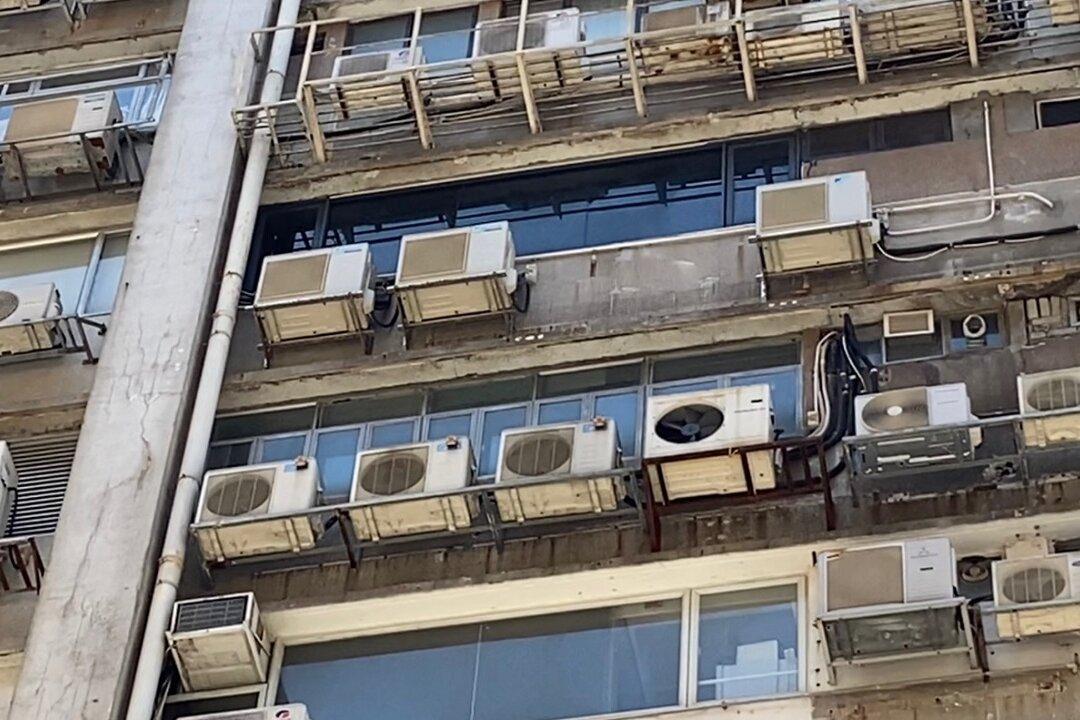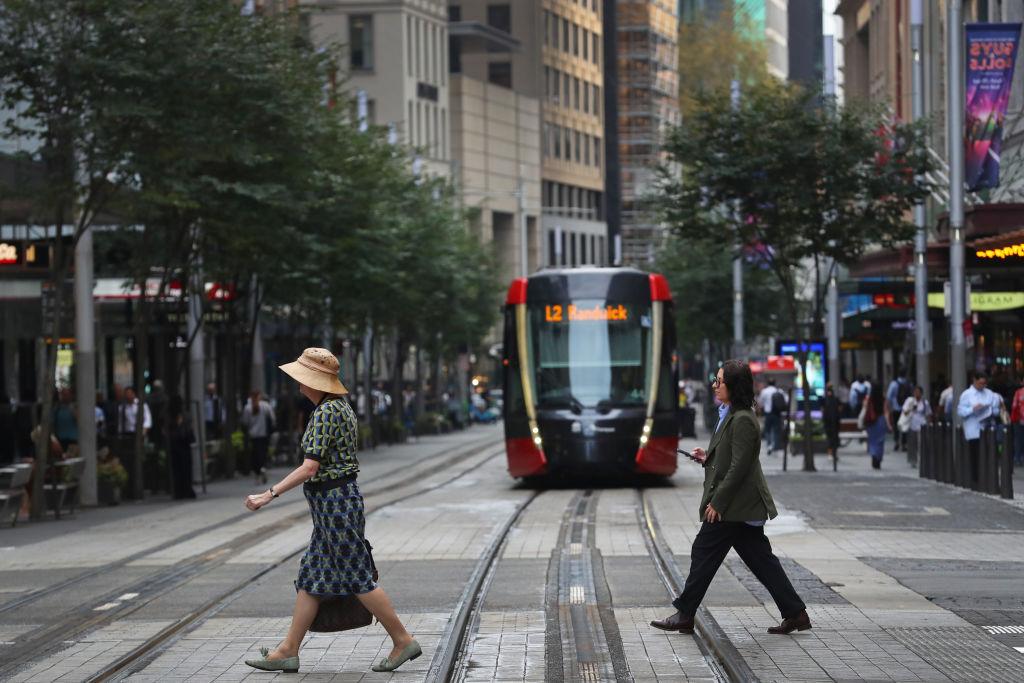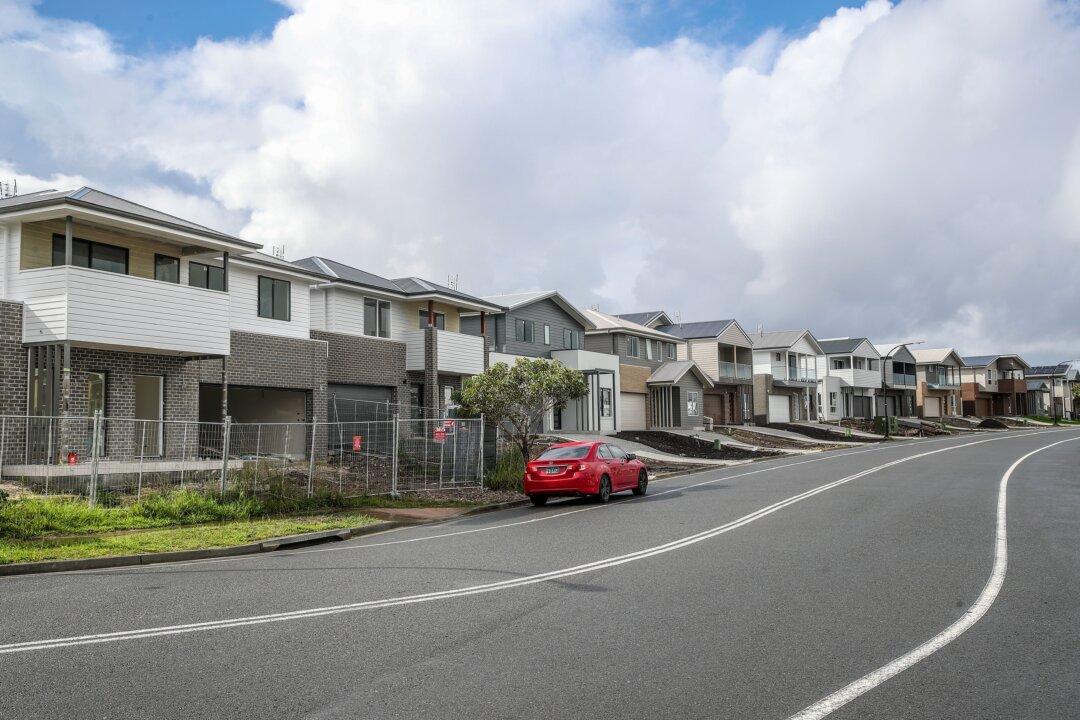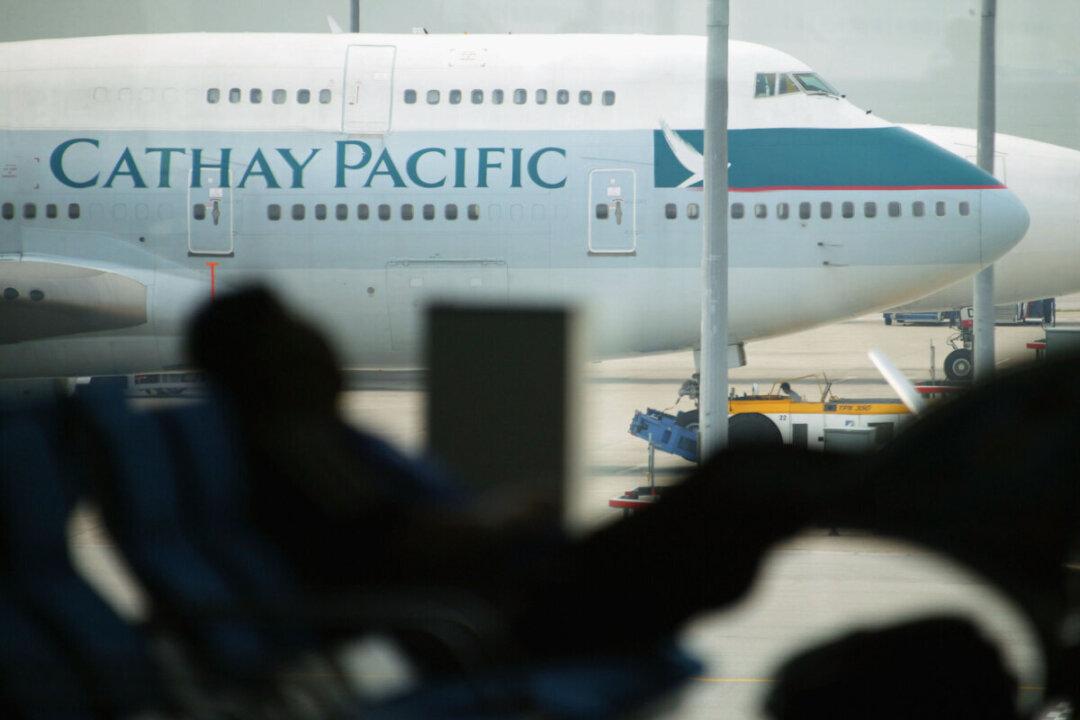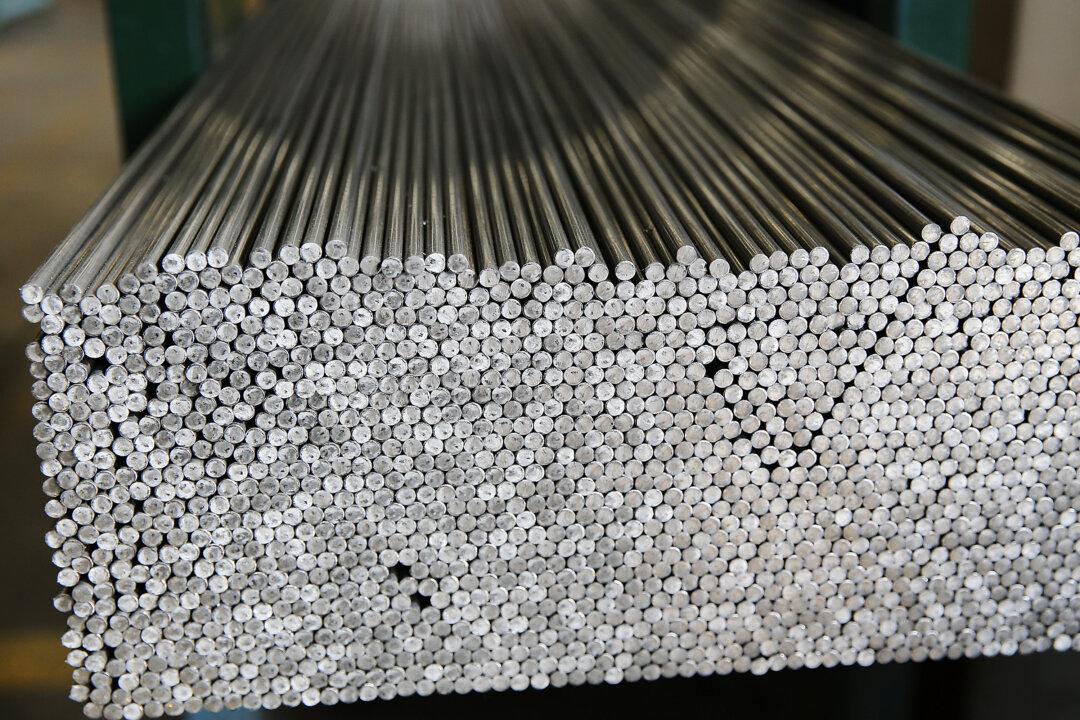Encouraging the use of smarter electric reverse cycle air conditioners (RCACs) can help reduce electricity bills of Australians, a think tank said.
RCACs are the most commonly installed cooling technologies in Australian homes, which accounts to 40 percent of the total energy used to keep households comfortable for living, according to the Institute for Energy Economics and Financial Analysis (IEEFA).
